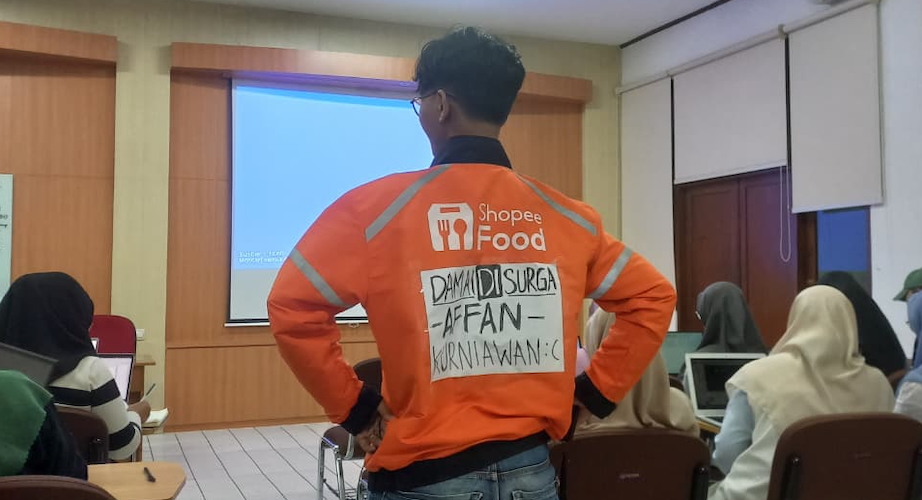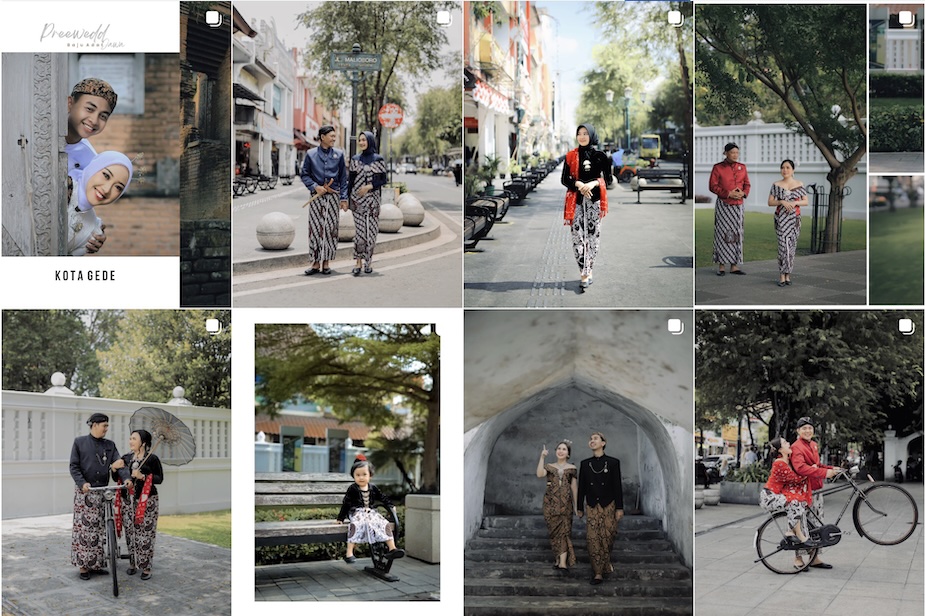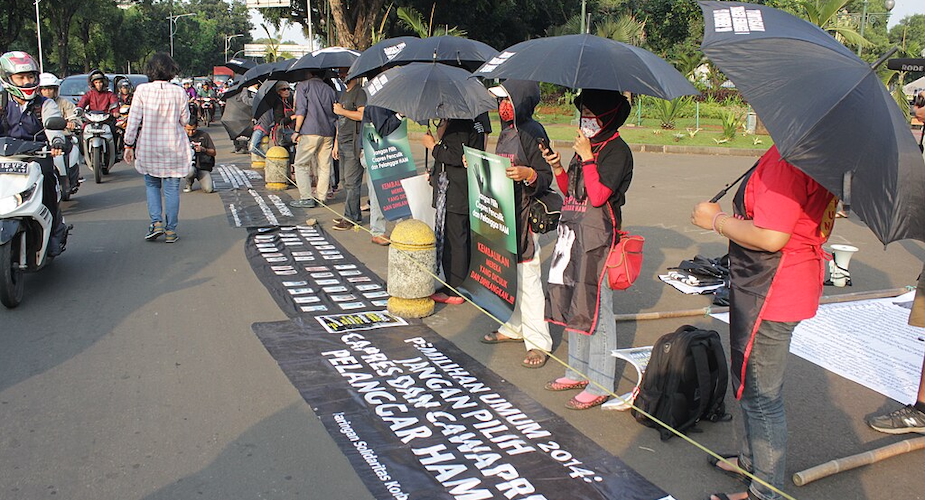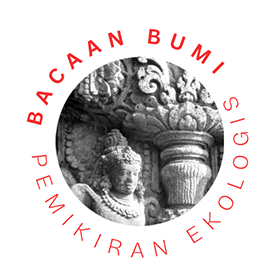Farmers in Flores want a church-owned plantation to return their land
In March 2025, the Maumere District Court sentenced eight Tana Ai indigenous people to ten months in prison. They were convicted of destroying the signboard of PT Krisrama, a plantation company owned by the Maumere Catholic diocese. The company's director is a priest. He had reported his own parishioners to the police, resulting in their imprisonment. According to the latest news, half of them were subsequently released due to time spent in pre-trial detention. Yet the underlying problem between the local church and the Tana Ai community remains unresolved. It peaked in August 2023 after the church's company renewed its permit for the right to cultivate (Hak Guna Usaha), but its history goes back a long way.
History
The plantation lies in a coastal area of Flores known as Nangahale, about 60 km east of Maumere. It covers 325 hectares. It falls in an area of Sikka regency where the Tana Ai dialect is spoken. Of the ‘ten clans plus five’ who according to tradition belong to the Tana Ai, by custom the land here is owned by the Soge and the Goban clans. Most of the Tana Ai area is hilly, but the Soge and Goban say their ancestors lived in the fertile lowlands in the northeast corner of east-central Flores now occupied by the plantation. They practised hunting and gathering and lived within their own tribal social structures.
Beginning in the sixteenth century, Portuguese traders and friars significantly influenced many parts of eastern Flores. They introduced Catholicism, and in order to control trade in the region co-opted local kings. Especially in Sikka and Larantuka, the result was a series of ‘unified’ local kingdoms. But the Tana Ai did not develop into such a kingdom, until they were forced to join one early in the twentieth century.
In 1859 Flores passed to Dutch rule under the Treaty of Lisbon. The Netherlands East Indies government primarily maintained control of the island indirectly, through former Portuguese-affiliated local leaders. It was only in 1902 that the Dutch posthouder B.L. Kailola formed the Tana Ai kingdom, arguably from commercial interests alone. The colonial government needed a large and fertile area of land (as I have shown in this article).
The notorious domein verklaring of the Agrarian Law of 1870 allowed the Dutch to seize any land they deemed ‘waste.’ Nangahale became the top priority among the steep and rocky landscapes of east-central Floress. The Dutch-appointed king of Tana Ai, Nai Roa, burnt down the village and expelled the Soge and Goban families into the valleys and hills of the hinterland. In 1912, on behalf of the colonial government, he sold Nangahale to a cotton syndicate called the Syndicaat ter Bevordering van de Katoencultuur op Flores. However, only two years later the land was acquired by the Amsterdam Soenda Compagnie.
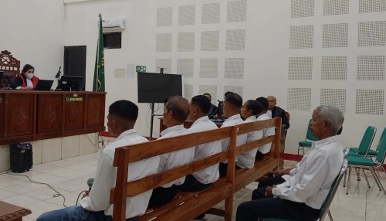
During the economic crisis in World War I, the latter company went bankrupt. The Apostolic Prefecture of the Lesser Sunda Islands then bought Nangahale for 22,500 florins – about a quarter of a million US dollars today - to develop a coconut plantation. This was the time when the Dutch were practising the ‘Ethical Policy’ to bring development to the colony. Catholic mission work in Flores was part of this. The mission saw copra as the answer to what they regarded as the ‘subsistence crisis’ in the region. After Indonesia's independence, the local Catholic diocese became legal successor to the mission. It leased the land under a permit for the Right to Cultivate, initially for a period of 25 years and renewed since then. The church in Flores thus played a crucial role as partner to the state, both before and after independence. It simply continued in its status as a ‘big landlord’ (tuan tanah besar).
Subsistence living
Meanwhile, the Soge and Goban families continued living in the hills. Their subsistence living depended on short-term crops. Sometimes they suffered from the harsher conditions away from the lowlands. For example in the 1980s one of their villages in the valley was hit by a flood. This led the community to move into another territory, where they had limited access to land. Those in the hills were also often targeted by the forestry police. When government forces began to pursue alleged communists throughout Indonesia and also Sikka in 1965-1966, Tana Ai people were among the victims – though few details are known about this at present.
At the beginning of the 1990s, the Soge and Goban began to make a ‘Tana Ai movement.’ They allied with local and national civil society organisations to reclaim their rights to the Nangahale land. Theirs was also a campaign to fight the negative stigma of Tana Ai among other Maumerenese ethnic groups as ‘backward’ (bodoh dan terbelakang). Contestation between the indigenous community and the diocese has continued to focus on the question of historical ownership and legal authority (as was shown in a 2003 article by John Prior of Maumere’s Candraditya Research Centre).
The movement grew quite massive when the New Order ended in Reformasi. In the first two decades of the 2000s, they held demonstrations in Maumere, negotiated with various local government councils, and signed a petition to the national government. They also held a meeting with the bishop. However, there was still no agreement, as the company held the legal rights until December 2013.
When that permit expired, contestation reached its first peak. In early 2014, the Soge and Goban occupied the ex-HGU area by building their settlement. Mo'at (father) Blasius is a head of the Soge families. He told a journalist colleague and me in March 2019 that he did not have enough land in the hills. That is why they chose to live once more in the lowland ‘plantation’ region. ‘The church should have had enough…We have done this because we do not want to become unwell,’ he lamented. ‘The land allocation is very clear.’ He was living in a tiny bamboo house with five other family members.
Another tribal leader named Ignasius Nasi chimed in. He said the indigenous people were living there to cultivate the land. They did not intend to damage or seize the coconut trees. They were not against the Catholic church, he said. All they wanted was a just redistribution of land.
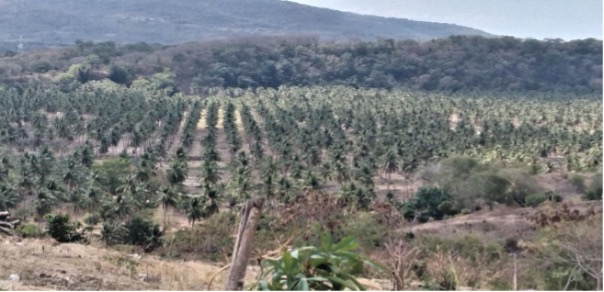
The Maumere diocese meanwhile, instead of reconciling with the families occupying the plantation land, was attempting to renew the contract in such a way as also to cover the ‘void period.’ It was this that caused the backlash within the indigenous movement. In August 2023, the state granted the church-owned company a new permit. This gave the company a powerful means of coercion. The most massive incident occurred in January 2025. As widely reported by Jakarta-based media (Tempo), by international Catholic media outlets (UCA News), as well in social media throughout Flores, the company forcefully conducted what it called a ‘land clearing'. As a Soge member recounted to the Labuan Bajo-based media outlet Floresa, a bulldozer destroyed the indigenous settlement. It was accompanied by several units of Civil Service Police (Polisi Pamong Praja), regular police officers, and soldiers. Floresa since then has reported extensively on the conflict.
The Soge and Goban repertoire of struggle is based on their historical memory. I conducted fieldwork in this area in 2021. Many families told me that the company only had rights to the trees, not to the bare land. The land ought to belong to the indigenous people. This repertoire reflects a pattern of territorialisation of the land or forest that was introduced by colonial powers throughout Southeast Asia. The anthropologists Nancy Peluso and Peter Vandergeest used the term ‘political forest‘ to describe the colonial practice of using both territorial boundaries and certain species of trees to distinguish (state-owned) ‘forest’ from (communally owned) ‘non-forest'. Local communities were to be excluded from the forests. The Soge and Goban used this rationale to re-occupy the Nangahale land, which they did very determinedly in early 2014. They no longer saw any trees in some plantation areas. They thus concluded that it was their right to manage the uncultivated land. For them, the company was only responsible for the coconuts.
The company also had rice fields and other crops - cashews, maize, bananas. Another Tana Ai protest took aim at the way these seemed to enclose the indigenous territory. When I met Ignasius Nasi in front of his still-intact house in August 2021, he told me he felt they were trying to prevent the spread of the indigenous settlement. PT Krisrama was a coconut plantation, but in this area, he said, ‘…they do not plant coconut trees.’ As a consequence, they made a counter-movement. They opened up their own farmland right next to the company rice field's border. As long as they did not harvest the coconuts, they felt it was justifiable for them to cultivate the land. In this case, too, the coconut had turned into a political tree. The local community utilised it as a sign to reclaim access to the once fertile lowland area in the mostly rocky topography of east-central Flores.
However, until recently, the church-owned company continued firmly to insist on ‘positive law.’ In a public statement, the company's representative claimed (in the January 2025 Tempo article quoted above) that 543 hectares of the original 868 hectares of land had been returned to the local government. He implied by this that it was the state that was responsible for redistributing the land to the indigenous people; thereby, the church did not necessarily have to conflict with its members. Ironically, however, the local people rejected the issuance of land certificates intended for them. They protested again in June 2024. They declared that they were never involved in the land measurement process undertaken by the Regional Land Agency. Likewise, the lands that were to be distributed to them were indicated as infertile (tanah tidak subur), unlike those areas they had demanded back, on which the company had planted its crops.
The renewal of the HGU's contract permit caused immense frustration among the Soge and Goban families. It made their struggle to get a fair and just land distribution more difficult. This anger manifested itself in the destruction of the company's signboard. They understood that the Catholic diocese held a dominant position in the conflict. At the same time, they were marginalised and left to wait for justice to intervene on their behalf. Robertus Yan Faroka is the Catholic priest who acts for the company as its operational director. He recorded the act of the signboard destruction, and then chose to pursue legal action rather than adopting a persuasive approach. This was a kind of criminalisation that aimed to weaken the indigenous people's movement.
Ancestors
The Tana Ai as an ethnic entity are not as privileged as other ethnic groups in the Maumere and Sikka region. The others all have a strong relationship with the church. Before the Portuguese friars came, the Tana Ai had their own religion, derived from their ancestors' cosmological relationships. When Dutch Catholic missionaries implemented the Ethical Policy by providing education, healthcare, and agricultural support throughout most of Flores, the Tana Ai people were overlooked. The main reason was that they lacked a strong hierarchical power with whom the Dutch could work. The Canadian anthropologist Tania Li has depicted the situation of people like the Tana Ai with a wry expression: ‘when the land is needed, but the people are not.’
The lack of access to (Catholic) education made the Tana Ai appear ‘backward’ or ‘lazy’ in the eyes of other people in the region. Nowadays the Tana Ai have all adopted the ‘modern’ religion. The tragedy of the communist massacres in Sikka in 1965-1966 had a lot to do with that (as described by Gerry van Klinken in the final chapters of this book, translated, and this article). Yet the Tana Ai continue to suffer criminalisation, nota bene at the hands of their own religious leader.
John Prior, in the article quoted above, noted that this conflict has strengthened the assumption that the Catholic Church in Flores is powerful. However, I would argue otherwise. The conflict just shows that the church has been gradually losing its moral and economic legitimacy, which had once been the foundation of the human and infrastructure development in Flores. When the foreign-funded ‘mission’ became an independent ‘local’ church, it had to support itself without Western ‘donations.’ Catholics in Flores have often said the missionaries had more ‘goodness’ and ‘generous charity’ than diocesan priests.
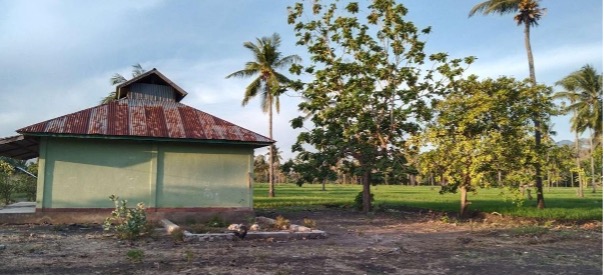
In light of this, it is perhaps remarkable that the local community around Nangahale have even sympathised with the company's predicament. Rather than saying it had done wrong, they just said its operations had been ‘neglected’ (tidak terurus). This shows once again that they are not fighting with the church. They just want to be treated fairly.
Moreover, both local and national governments have lacked the firmness to resolve the conflict. The problem for the government is not that the church had become ‘capitalist’ and was interfering in its social and economic policy for Flores. Rather it is a moral dilemma: both the community and the government are now having a dispute with the one religious institution that, in Flores, has historically played a paramount role as the agent of development.
Until their grievances are addressed, the Soge and Goban clans will likely continue to struggle. The tragedy of land enclosure in the early twentieth century is not some remote chapter of the past. They know precisely where their predecessors first cultivated the land that subsequently became a matter of dispute. As the earlier Goban activist Murray Muhammad H. Basyir has written, they have oral histories that explain the foundation of their social institutions. This conflict could be resolved without escalating into a broader social controversy if the company and the diocese responded with humility and restraint.
However, the Catholic church in Flores should first reflect on itself. It has been part of a political governmentality throughout every regime of Indonesian colonial and post-colonial history. This pervasive form of power has brought much harm to local communities. It severed their deeply felt connection with the cosmos.
The signboard that the Soge and Goban clan members destroyed, for which they were criminalised, is a reminder of its opposite. It symbolises the absence of that other sign: the one held up by ordinary citizens, demanding they be recognised for who they are, and be treated justly and fairly.
Martin Elvanyus De Porres (m.e.deporres@uva.nl) is a PhD candidate in anthropology at the University of Amsterdam. He previously worked as a journalist and editor at Surat Kabar Ekonomi Kerakyatan NTT in Maumere, Flores.



